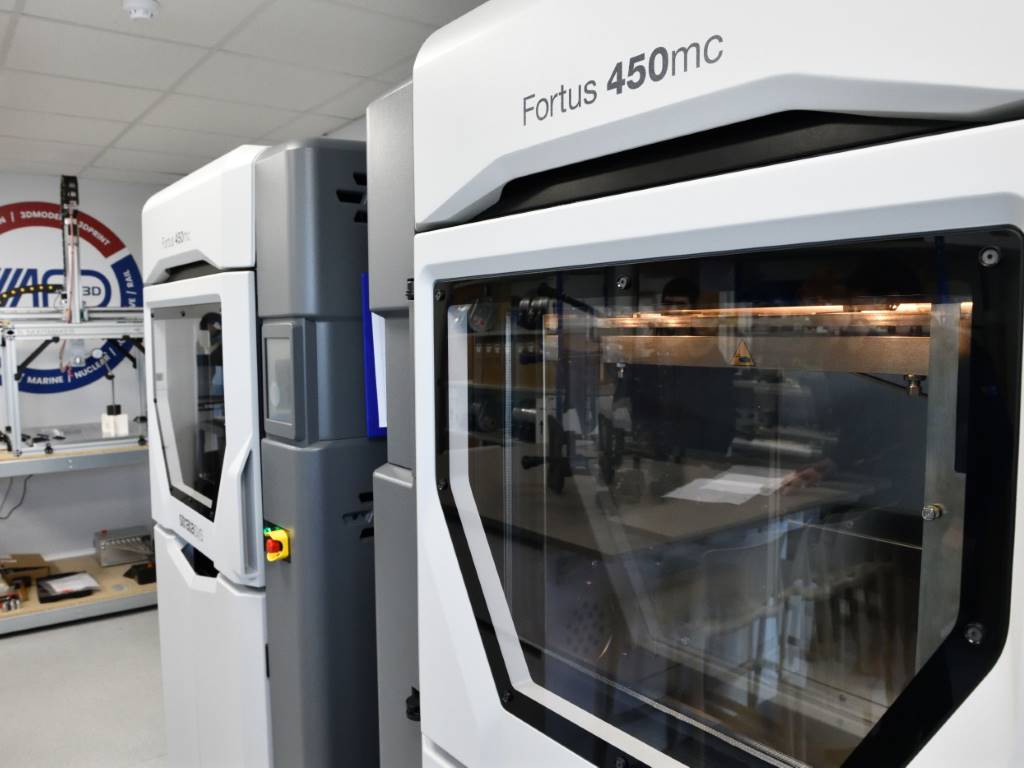A business case for aircraft electrification

Climate change is one of the biggest challenges facing our generation. Yet, until now, carbon dioxide emissions by the aviation industry have continued to rise. Kiran Krishnamurthy, AI domain specialist at the Centre for Modelling & Simulation (CFMS), shows how one data-driven study could help airlines meet their sustainability bailout conditions.
Climate change is one of the biggest challenges facing our generation. Yet, until now, carbon dioxide emissions by the aviation industry have continued to rise. Kiran Krishnamurthy, AI domain specialist at the Centre for Modelling & Simulation (CFMS), shows how one data-driven study could help airlines meet their sustainability bailout conditions.
It will come as no surprise that one of the drivers of the current climate emergency is the significant rise in carbon dioxide (CO2) emissions produced by commercial aviation. In a pre-coronavirus world, the International Air Transport Association (IATA) stated that the industry was responsible for about 2% of global carbon emissions, with this figure expected to rise to 3% by 2050 as demand for air travel increases.
As we emerge from the lockdown, it’s clear that many airlines across the world are struggling to survive and are seeking government assistance to chart a course to recovery. Some generous administrations have offered to bailout struggling airlines but have attached stringent sustainability conditions to their terms.
To meet these conditions, the aviation industry will have to quickly adopt the IATA’s four pillar strategy, devised pre-Covid-19 but now more important than ever. However, despite recognising the need for new technologies and energy efficient aircraft, manufacturers will want to be sure there’s a strong enough case for a move away from traditional aircraft and that they can find a way of balancing cost, affordability and emissions; something the automotive industry has publicly struggled with in the roll-out of electric cars.
As specialists in digital engineering, we wanted to find a way to help identify and shape this business case. A dedicated research project, conducted in the lead up to February 2020, explored the profile of commercial flight operations at Glasgow Airport, selected to align with the complementary Fresson project at Cranfield University. Whilst clearly important 18 months ago, we couldn’t have anticipated how critical this study would become in a post-Covid-19 world where airlines will have to demonstrate they can comply with sustainability bailout conditions to secure government funding.
The aim of the study was to identify a baseline business case for a regional electric aircraft that would meet the current operational requirement of a particular route and, at the same time, have a significant impact on reducing CO2 emissions on that route.
The flight data from Glasgow Airport was collected and analysed to determine a set of flight characteristics (such as frequencies of various destinations) and subsequent categorisation was performed for flight durations, aircraft size and distance travelled. Additional characteristics relating to fuel prices and consumption were retrieved and the CO2 emission per flight journey was calculated as per the International Civil Aviation Organisation methodology.
This information was used to create two KPIs: CO2 emissions per passenger-kilometre and fuel cost per passenger-kilometre. These KPIs form a baseline metric to compare flight routes, aircraft types, duration, etc. enabling the study to identify which regional aircraft operating from Glasgow had the highest CO2 emissions per passenger-kilometre. This data-based approach reinforced the technical indicators that regional aircraft is an ideal market segment for a small hybrid-electric aircraft that would take the industry on its sustainable aviation journey to meet the 2050 net zero emissions target.
Against this backdrop, there is a clear business case for the electrification of certain regional aircraft. However, in the new world we find ourselves in where sustainability and connectivity are paramount, there is added pressure for closer collaboration between aircraft manufacturers, airlines and governments to help devise a policy that will get us there faster.












